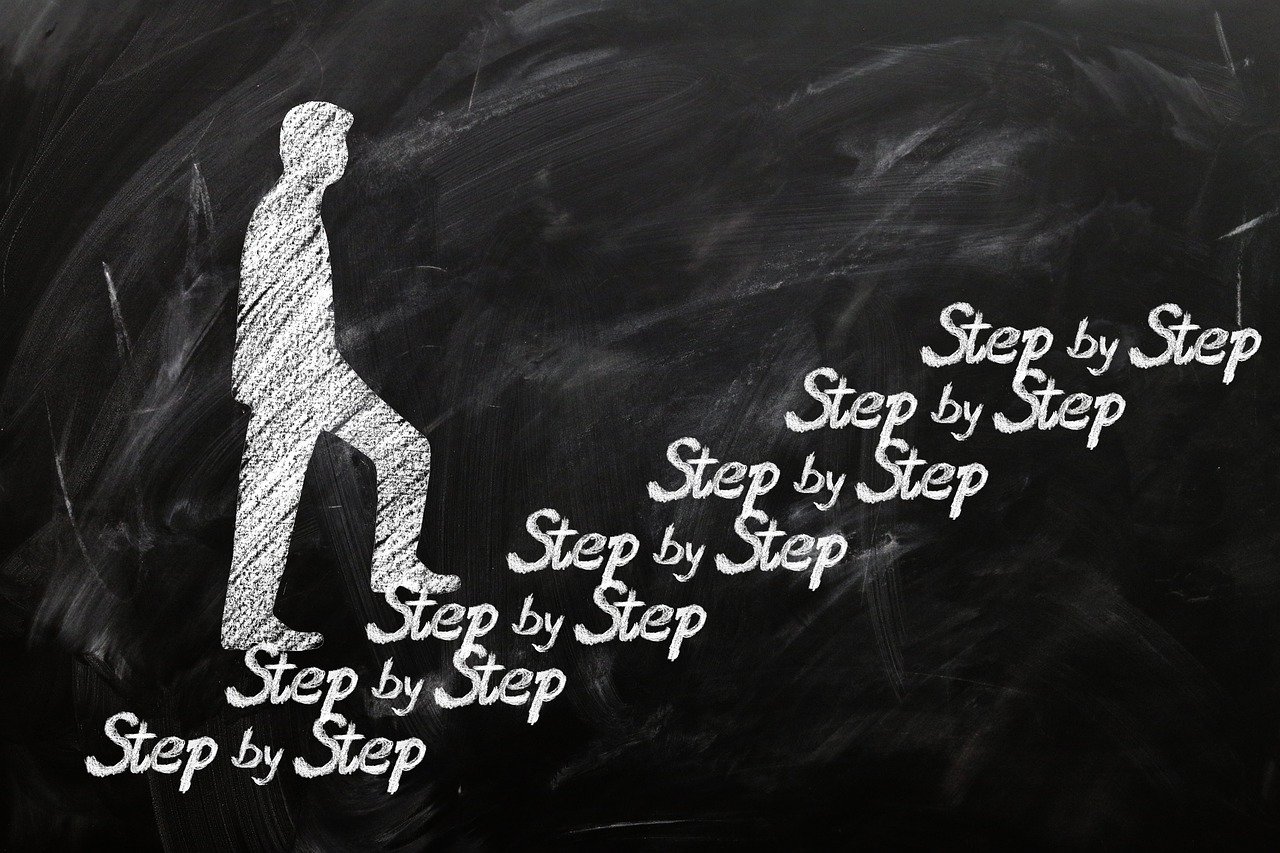Great thinkers see the world differently than most people. They think about things in a new way and are able to see connections that others can’t. In fact, great thinkers actually love problems because they provide them with the opportunity to exercise their intelligence and come up with solutions that others might not have considered. If you’re currently in a work or personal situation where you need to solve problems or come up with creative solutions, this article is for you. This step-by-step guide will teach you how great minds solve problems by using communication techniques such as active listening, asking effective questions, and recognizing your own assumptions.
Communicate with a problem-solver’s mindset
The best way to communicate with a problem-solver’s mindset is to first understand how they think. Problem solvers are extremely future-focused: they want to make sure that whatever solution they come up with is going to last. If you communicate with a problem-solver’s mindset, you’ll be more likely to ask questions about the future. You’ll also be more receptive to hearing about potential long-term solutions and outcomes.
Ask effective questions
Problem solvers love asking questions because it helps them clarify their thoughts, understand their own assumptions, and get a well-rounded understanding of the situation. If you’re communicating with a problem-solver, try asking open-ended questions that dig deep and cause the problem-solver to think critically about their situation. The best types of questions for problem-solvers are open-ended ones that go beyond “yes” or “no” answers. “Why” questions are particularly powerful because they get to the root cause of a problem or situation.
Recognize your own assumptions
Problem solvers are extremely aware of their own assumptions and how they affect the way they view and respond to problems. If you want to communicate effectively with a problem-solver, take a moment to reflect on your own assumptions and ask yourself if they’re holding you back. If you’re stuck trying to solve a problem and don’t have any ideas or solutions, slow down, stop thinking about the problem, and try to reflect on your own assumptions. You might realize that there’s a false assumption that’s hindering your creativity.
Sum up with a harmonious convergence theory
As mentioned, a harmonious convergence theory is a powerful way for problem-solvers to evaluate potential solutions and come up with creative ideas. The theory goes like this: You can use this theory to evaluate different potential solutions and come up with creative ideas. If you have a problem, ask yourself what you’d do if you didn’t have that problem. Then, ask yourself what you’d do if you didn’t have the solution you have now. Finally, think about if you’d have the problem if you had the solution you want to come up with. The first two parts of the theory are designed to help you focus on what you would do if you didn’t have the problem or solution you have now. The third part of the theory is designed to help you focus on what you’d do if you had a solution that didn’t exist yet.
Conclusion
If you want to solve problems and come up with creative solutions like great thinkers, you have to be more mindful about your communication. This guide will help you do exactly that by guiding you through the different steps of effective communication. Great thinkers solve problems by communicating effectively and asking thought-provoking questions. They also recognize their own assumptions and ask themselves what they’d do if they didn’t have the problem or solution they have now. A harmonious convergence theory is a powerful tool for great thinkers to overcome challenges and come up with creative solutions.

